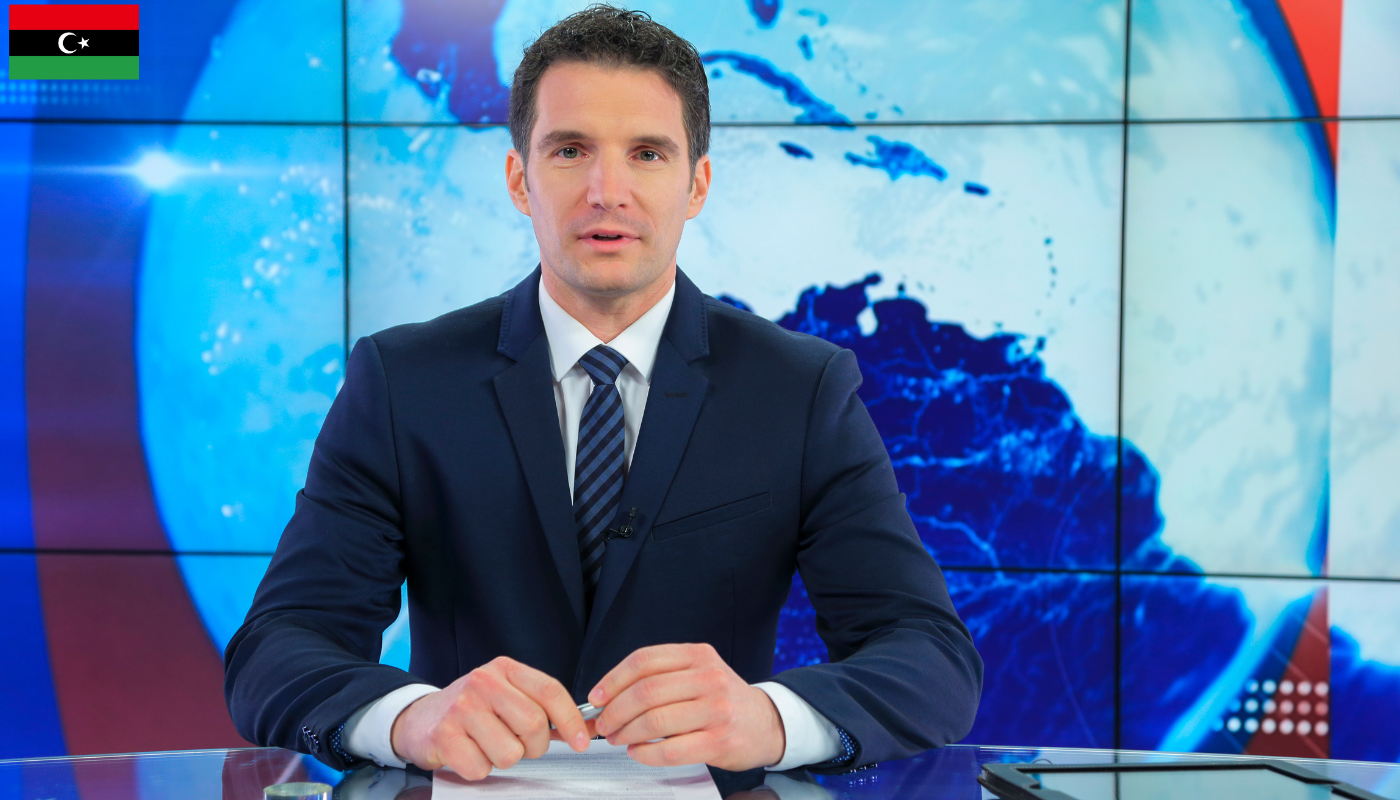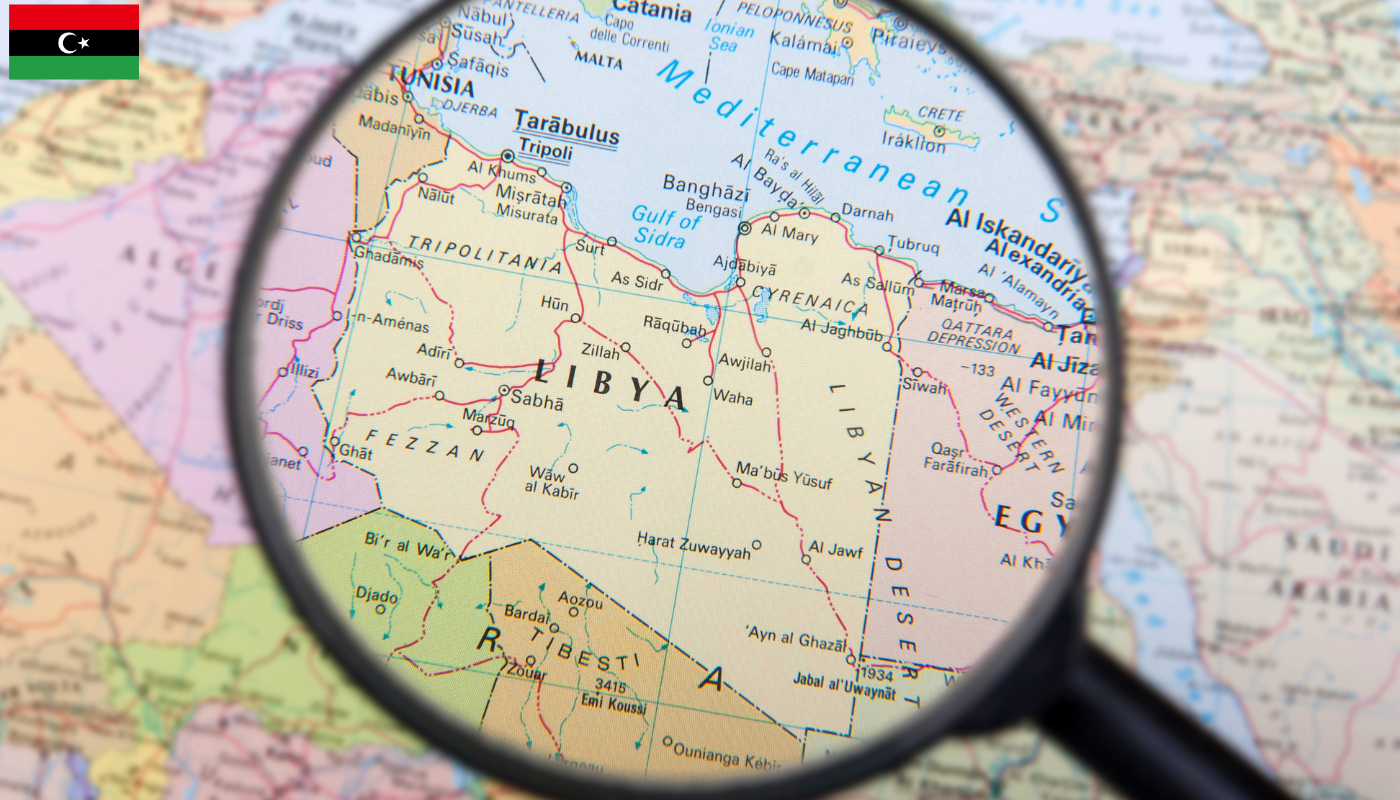Have you ever found yourself pondering over the current time in Libya, perhaps out of curiosity, travel plans, or the need to connect with someone there? Determining the local time in a different country can sometimes be a bit of a puzzle, especially with various time zones and daylight saving changes to consider. This article is your ultimate guide to understanding what time it is in Libya, offering insights that will keep you in sync with its ticking clocks.
Understanding Libya’s Time Zone
Libya, a country known for its rich history and strategic location in North Africa, operates under a specific time zone that plays a crucial role in both its daily life and international relations. The country is situated in the Eastern European Time Zone (EET), which is UTC+2 hours. This positioning means that Libya is two hours ahead of Coordinated Universal Time (UTC), aligning it with several countries in Eastern Europe and the Middle East.
One of the key aspects of Libya’s time zone is its stability throughout the year, as the country does not observe daylight saving time. This decision ensures a consistent time difference year-round but also means that the length of daylight varies significantly between summer and winter. Understanding the implications of this time zone is essential for both locals and international visitors, especially for businesses that operate across different regions. The absence of daylight saving time simplifies scheduling but requires an awareness of the time differences with countries that do observe such changes.
The time zone of Libya impacts various sectors, including commerce, aviation, and telecommunications. For international travelers and business professionals, it’s crucial to note the local time to maintain punctuality in appointments and communications. Despite the geopolitical challenges the country has faced, Libya’s adherence to the EET time zone facilitates a level of international synchronization, especially with neighboring countries and those within the same longitudinal area.
- Libya is in the Eastern European Time Zone (UTC+2).
- The country does not observe daylight saving time.
- Libya’s time zone aligns it with countries in Eastern Europe and the Middle East.
- Understanding Libya’s time zone is crucial for international business and travel.
- The consistent time zone facilitates international synchronization.
Additional Insights into Libya’s Time Zone
Libya’s time zone, while straightforward, presents unique challenges and opportunities. The lack of daylight saving time adjustment means that businesses and individuals must be cognizant of the changing day lengths throughout the year, which can affect everything from daily routines to energy consumption patterns. For international relations, Libya’s time zone offers a seamless interaction window with key economic regions, enhancing trade and communication flows. Understanding these nuances is vital for anyone looking to engage with Libya on a professional or personal level.
Daylight Saving Time in Libya
Understanding the concept and application of Daylight Saving Time (DST) in Libya presents a unique insight into how countries manage time in relation to sunlight. Libya, located in North Africa, has had a fluctuating relationship with Daylight Saving Time, making it an interesting case study. Historically, Libya has adjusted its clocks to observe DST, aiming to make better use of daylight during the longer days of summer months.
However, the implementation of DST in Libya has been inconsistent, with changes often announced abruptly. This has led to periods where Libya observed DST, followed by sudden reversals to standard time, reflecting the country’s complex socio-political landscape. For instance, in 2012, Libya decided to re-adopt DST after having abandoned it in 1982, only to suspend it again in subsequent years. Such decisions reflect broader governance challenges and the impact of political instability on everyday life in Libya, including timekeeping practices.
Moreover, the rationale behind using or not using DST in Libya has evolved. Initially, the primary motivation was energy conservation, as is common in many countries that observe DST. By shifting an hour of daylight from the morning, when it is less needed, to the evening, countries aim to reduce the use of artificial lighting and hence, save energy. However, in Libya, the effectiveness of DST in achieving this goal has been debated, leading to its intermittent application. The debate centers around whether the benefits in terms of energy savings and increased daylight hours for leisure and commerce outweigh the confusion and potential disruptions caused by frequent changes to the clock.
- The fluctuating practice of DST in Libya reflects its unique socio-political challenges.
- Initially adopted for energy conservation, the rationale for DST in Libya has been subject to debate.
- Inconsistent implementation of DST has caused confusion among the population and businesses.
- Libya’s geographic location means it experiences significant variations in daylight across the year, influencing DST decisions.
- Understanding Libya’s approach to DST offers insights into how countries can manage daylight to benefit their citizens.
Additionally, the geographic and climatic conditions of Libya play a significant role in the DST discussion. Situated close to the equator, the variation in daylight hours between summer and winter is less pronounced than in more temperate regions. This geographic reality questions the necessity and effectiveness of DST for Libya, as the potential benefits in terms of daylight usage are diminished. Consequently, the debate around DST in Libya is not only about energy conservation but also about optimizing living conditions and economic activities in alignment with natural light availability.
In conclusion, Daylight Saving Time in Libya is a complex subject that intersects with the country’s geography, economy, and political landscape. While the intent behind DST is to adapt human activities to the changing patterns of daylight, the practical application and acceptance of such a system in Libya have been met with challenges. As Libya navigates its future, the role and relevance of DST remain topics of ongoing discussion, reflecting broader themes of adaptation and change in a rapidly evolving world.
Comparing Libyan Time to GMT
Understanding the time difference between Libya and Greenwich Mean Time (GMT) is crucial for numerous reasons, ranging from business communications to travel planning. Libya operates on Eastern European Time (EET), which is GMT+2 hours. This means that when it’s noon in GMT, it’s already 2:00 PM in Libya. However, it’s important to note that Libya has had a history of changing its adherence to daylight saving time, sometimes on short notice, which could affect this comparison.
The difference in time zones can significantly impact scheduling across borders. For example, a conference call planned from London to Tripoli needs to account for the time difference to ensure all participants are available. Moreover, the variance in time affects broadcast schedules, flight timings, and even the performance of financial markets. As global connectivity tightens, understanding these time differences becomes more than a matter of curiosity but a necessity.
Another aspect to consider is the daylight saving adjustments. While many countries adjust their clocks, Libya’s stance on daylight saving time has fluctuated over the years. This inconsistency can add an extra layer of complexity to time zone conversion. Travelers and international businesses often rely on real-time conversion tools to keep up with the current time in Libya, especially when planning activities that span across different time zones.
| City | Time Zone | GMT Difference |
|---|---|---|
| Tripoli | EET (Eastern European Time) | +2 hours |
| Benghazi | EET (Eastern European Time) | +2 hours |
| Misrata | EET (Eastern European Time) | +2 hours |
| Zliten | EET (Eastern European Time) | +2 hours |
| Sebha | EET (Eastern European Time) | +2 hours |
In conclusion, when comparing Libyan time to GMT, it is essential to keep in mind the consistent two-hour difference due to Libya being in the EET zone. However, one must stay alert to any changes in daylight saving policies, which can temporarily alter this comparison. Whether it’s for personal communication, professional scheduling, or travel, having an accurate grasp of the time difference ensures smooth and efficient interactions. Tools and resources that provide real-time conversions can be invaluable for those needing up-to-date information.
Impact of Geography on Libyan Time
The geographical location of Libya, sprawling across the northern edge of Africa along the Mediterranean Sea, plays a significant role in determining its time zone. Libya operates on Eastern European Time (EET), which is two hours ahead of Coordinated Universal Time (UTC+2). The country’s positioning, stretching from the longitudes of 9° to 25° east, aligns perfectly with this time zone, ensuring that the timekeeping is in harmony with the solar time. This alignment helps in maximizing daylight hours, which is crucial for both the agricultural sectors and daily life activities of the Libyan people.
Furthermore, Libya’s vast desert landscapes, particularly the Sahara, influence its decision not to adopt daylight saving time. The extreme temperatures and the predominance of sunlight throughout the year render the practice unnecessary. Unlike countries further from the equator, the variation in daylight hours throughout the year in Libya is minimal, thus negating the need for adjusting the clocks. This uniformity in time throughout the year simplifies scheduling and timekeeping for both the domestic and international engagements of the country.
The geographical diversity of Libya, from coastal regions to desert interiors, ensures that the selected time zone (EET) adequately meets the needs of its various regions. This geographical consideration in choosing the appropriate time zone underscores the intricate relationship between a country’s location and its approach to timekeeping. It showcases how Libya has tailored its time zone to optimize the balance between daylight hours and the lifestyle of its inhabitants.
| Region | Longitude | Time Zone |
|---|---|---|
| Coastal Areas | 9° – 25° E | UTC+2 (EET) |
| Tripoli | 13° E | UTC+2 (EET) |
| Benghazi | 20° E | UTC+2 (EET) |
| Southern Libya | 24° E | UTC+2 (EET) |
| Sahara Desert | Varies | UTC+2 (EET) |
Further Insights into the Geographic Impact on Libyan Time
The choice of Eastern European Time (EET) as Libya’s standard time zone is a testament to the country’s strategic approach to harmonizing its natural sunlight patterns with its socio-economic activities. This geographic consideration ensures that the country can function efficiently, without the complexities introduced by daylight saving adjustments. The decision showcases Libya’s adaptability and its pragmatic approach to leveraging its geographic positioning for national benefit.
Libya’s Time During Ramadan
Observing Ramadan in Libya brings a unique alteration to the daily schedule, impacting everything from business hours to social activities. During this holy month, the majority of Libyans fast from dawn until sunset, which significantly changes the rhythm of daily life. The timing of suhoor (pre-dawn meal) and iftar (evening meal to break the fast) are pivotal, with the latter occurring immediately after the Maghrib (sunset) prayer.
As a result, many shops and businesses adjust their hours to accommodate the change in daily routines. Typically, businesses open late in the morning and may close in the early afternoon, only to reopen in the evening after iftar. This shift not only reflects the observance of Ramadan but also the practicality of conducting business when most people are active. Furthermore, the hours between iftar and suhoor see increased social and familial gatherings, with Libyans taking the opportunity to visit relatives and friends to break their fast together.
In addition to the social and economic adjustments, Ramadan in Libya is marked by a heightened sense of community and spirituality. Mosques host additional prayers, namely Taraweeh, which are performed in the evenings after the Isha prayer. These gatherings, along with the communal iftars and suhoors, strengthen communal bonds and reaffirm a collective commitment to the spiritual journey of Ramadan.
| Activity | Start Time | End Time |
|---|---|---|
| Suhoor | Varies | Just before Fajr prayer |
| Fajr Prayer | At dawn | Approx. 20 min after dawn |
| Iftar | At Maghrib prayer | After sunset |
| Taraweeh Prayer | After Isha prayer | Varies |
| Business Hours | Late morning | Early afternoon & Post-Iftar |
Understanding the nuances of Ramadan in Libya offers valuable insights into the cultural and religious fabric of the country. The month is not only a time for fasting and spiritual reflection but also for fostering community ties and adjusting daily routines to accommodate the sacred period. Whether it’s through modified business operations or the communal prayers and meals, the impact of Ramadan is evident in the shared experiences of Libyans, making it a deeply significant time of year.
How to Find Current Time in Libya
Finding the current time in Libya is essential for travelers, business professionals, and those maintaining international relationships. Thanks to modern technology, determining the exact local time in Libya has never been easier. The country operates on Eastern European Time (EET), which is UTC +2 hours. However, it’s important to note that Libya does not observe daylight saving time, which can affect calculations during certain periods of the year.
One of the most straightforward methods to find Libya’s current time is through online world clock services. Websites like timeanddate.com or worldclock.com offer real-time updates for all countries, including Libya. For more tech-savvy individuals, smartphone apps dedicated to world times can provide not only the current time but also additional information such as weather forecasts and international dialing codes. Additionally, for those interested in a more traditional approach, radio and television broadcasts often include time announcements that are synchronized with the official time.
It’s also beneficial to be aware of the geographical influence on timekeeping in Libya. Given its vast land area, sunrise and sunset times can vary significantly from the coast to the southern borders. This variation, however, does not affect the official time, which remains consistent throughout the country.
Understanding Time Zone Differences in Libya
- Libya operates on Eastern European Time (EET), UTC +2 hours.
- The country does not observe daylight saving time.
- Online world clock services provide accurate, real-time information.
- Smartphone apps offer convenient access to Libya’s current time and other useful features.
- Traditional media can also be a reliable source for time announcements.
Adapting to Libya’s Time Zone
When planning to travel or communicate with someone in Libya, understanding the country’s time zone and how it compares to your own is crucial. This knowledge prevents scheduling mishaps and ensures timely communication. By staying informed about the local time in Libya and considering the absence of daylight saving time adjustments, individuals and businesses can foster smoother international interactions.
In conclusion, regardless of your location or time zone, accessing the current time in Libya is straightforward with the right tools and a bit of preparation. Whether you prefer online resources, apps, or traditional methods, staying connected and informed is easier than ever. As our world becomes increasingly interconnected, the ability to quickly and accurately determine the time across the globe, including in places like Libya, becomes an invaluable skill in both personal and professional settings.





